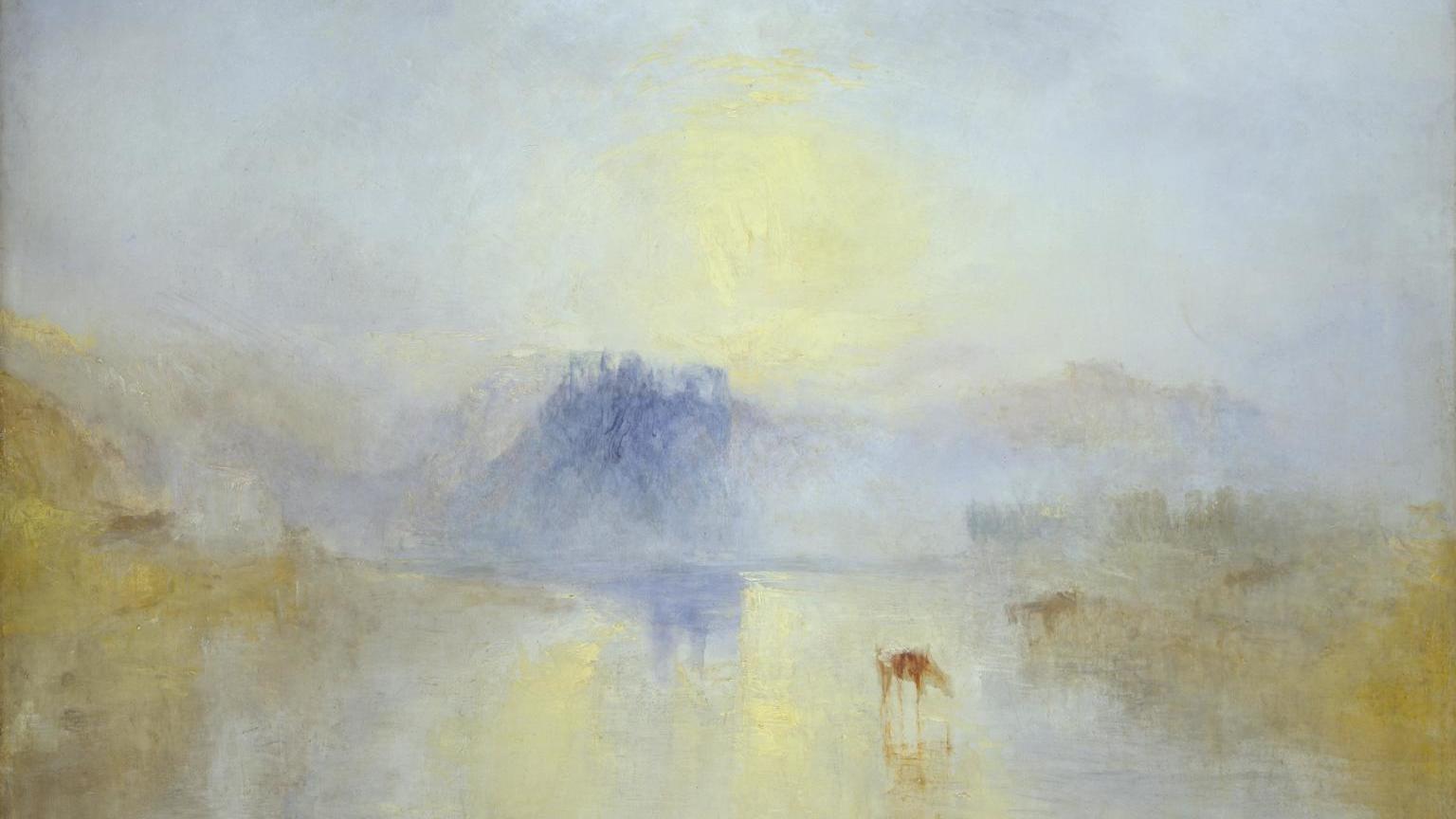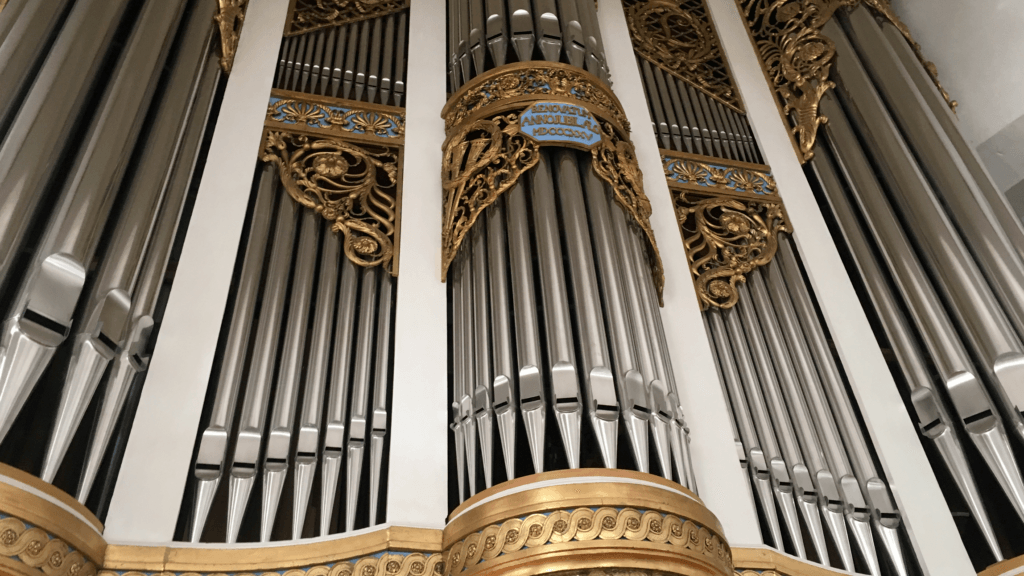Three Youthful American Overtures: Music of Barber, Copland, and Schuman
Festive American music will be as much on the menu as hot dogs and hamburgers this week as we celebrate Independence Day across the United States. In anticipation of the holiday, here are three thrilling and festive American overtures from the mid twentieth century. The indomitable spirit of youth permeates all three of these pieces: Barber: Overture to “The School for Scandal,” Op. 5 This was the young 21-year-old Samuel Barber’s first …







